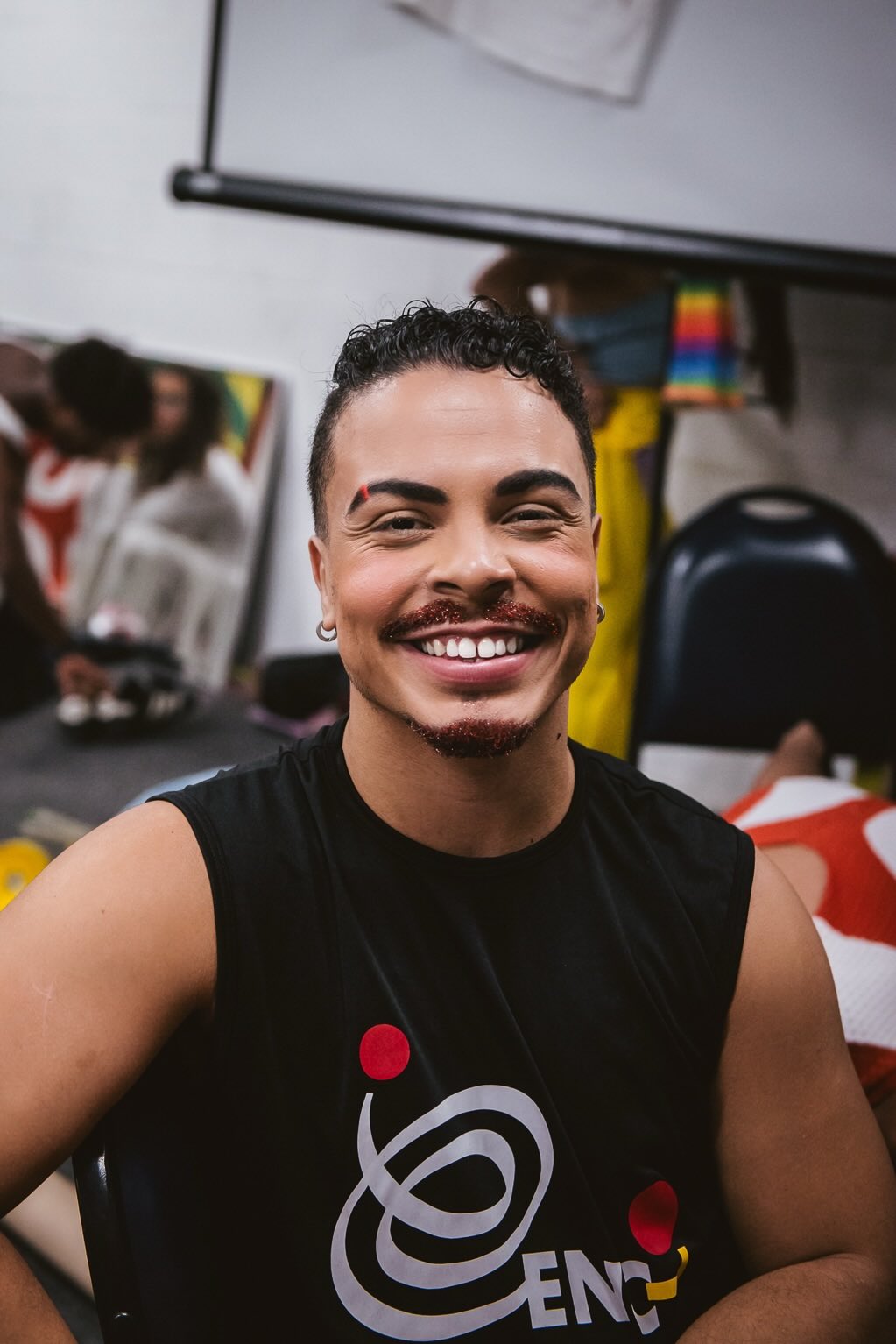What is frontbending in contortion?
Featured performer Ben “Viper” Holland
Frontbending contortion poses and routines are named for the direction that generally the spine curls during the poses and tricks that are part of this form of contortion. Frontbending commonly uses flexibility found in the hips, hamstrings, glutes and thoracic area of the spine but can also utilise the hip flexors and shoulders. There are some contortionists that specialise only in frontbending for their contortion acts , however it is not uncommon for some contortionists to be competent in both directions.
Traditionally frontbending has been more of a male dominated type of act, but more frequently female identifying performers will perform frontbending routines too in more recent times.
What types of tricks can frontbenders do?
Frontbender contortion acts contain a whole host of tricks that involve heavy use of their hip and hamstring flexibility. Some of the most regular tricks that you will see in a frontbending contortion routine include the following poses.
Leg behind head

Demonstrated by Bonetics | Photographed by Andre Pattenden
Leg behind head is the act of placing the performer’s foot or ankle behind the head, neck or shoulder. This pose is a frontbending pose that requires flexibility in the hip and hamstring, with large amounts of outward hip rotation. In yoga this pose is known as Eka Pada Sirsasana. The leg behind head trick is an intermediate step to some of the more advanced parts of front bending and is seen to many as a milestone pose in the improvement of their flexibility and working towards contortion tricks.
Human knot

Demonstrated by Luqo
Human knot (sometimes called Human Pretzel) is the natural progression after Single leg behind head. This pose can be combined with arm balancing tricks where by the performer lifts themselves up off the floor, or in more advanced cases will invert themselves into Human Knot handstand. In yoga this pose is called Dwipada Shirshasana. Good form for human knot is demonstrated by keeping the back as flat as possible and having most of the flexibility featured in the hips.
Fold-through

Demonstrated by Stephen Shaw-Naar
Fold through pose is an intermediate level pose completed by the performer moving their upper body forwards between the legs to bring their head up behind them with the shoulders behind the knees and legs straight. This pose requires a great deal of flexibility in the hamstrings. Good form for this trick is to have the legs locked out and as much of the torso "behind" the performer as possible.
Splits (Side and front)

Photographed by @idrisova_photosport
The splits are one of the key foundation poses in contortion. For many starting their contortion journey learning front or side splits is one of the first poses they will learn while they work on more advanced tricks. Splits provide a great starting point for other frontbending poses and also have benefits for backbending as you work on your hip flexors. Splits can be progressed to oversplits which can be taken to quite large extremes as is regularly seen in contortion and Rhythmic Gymnastics.
Leg behind back

Demonstrated by Dflex | Photographed by Prince Idiage
Leg behind back is an advanced frontbending pose that is the next progression after leg behind head. It is where the performer places the their foot under their arm and the leg lays flat against their back. This can be progressed by pushing the foot further and further down the back until it reaches the floor. This pose requires a high level of hip flexibility, much more so than the leg behind head as so the performer doesn’t place too much pressure on their knees. Flexibility in the shoulder is also required to allow the foot or leg to fit comfortably under the armpit. This trick can be combined with arm balancing, hand standing as well as twists.
DeMarlo

Demonstrated by Aleksandr Batuev
This trick is a highly advanced contortion trick. The trick is named after the 1920’s American contortionist Harry DeMarlo whom is famed for performing the trick as part of his act. Not only does this trick require a massive range of mobility in the hips and shoulders, but it also requires excellent technical execution in order to enter as part of a performance.
Frontbending performances can also be combined with the other trick and pose types, it is quite common to see splits, twists and even dislocation tricks as part of a frontbender’s performance.
Who are some of the famous front bending contortionists?

Sebastian Sankar
Ronald performed from a young age with his late father Sebastian Sankar from Guyana. Ronald appeared in various circuses including Circus Flic Flac, Zirkus Sarrasani in Germany and with Barnum & Bailey in 2007.

Daniel Browning Smith
Daniel Smith is an American contortionist that has featured in many television and film productions, including Guinness World Records, the Penn & Teller show and many mainstream Hollywood films. Daniel also performed as part of the Bindlestifft Family Circus, Zamora the Torture King's Touring Stuntshow and the Brooks & Dunn Neon Circus. Daniel has hosted a TV show called Superhumans.

Carol Liabos

Berkin Bolatov
Frontbending contortionist from Khazikstan

Vadim Petchinski
Frontbending contortionists from Russia.

Aleksandr Batuev
Born in Perm, Russia Aleksandr is a multifaceted contortionist that excels at both front and backbending however his current performance focusses on his frontbending routine. Aleksandr has featured in many circuses, galas and dinner shows in Germany, France, Russia and various countries in Eastern Europe.





